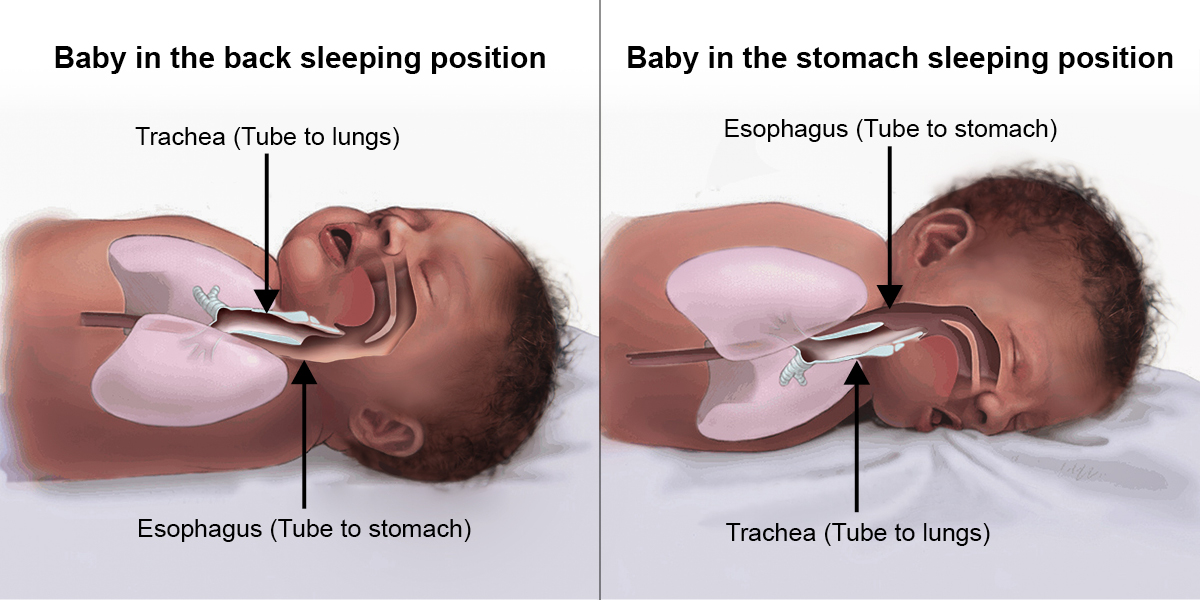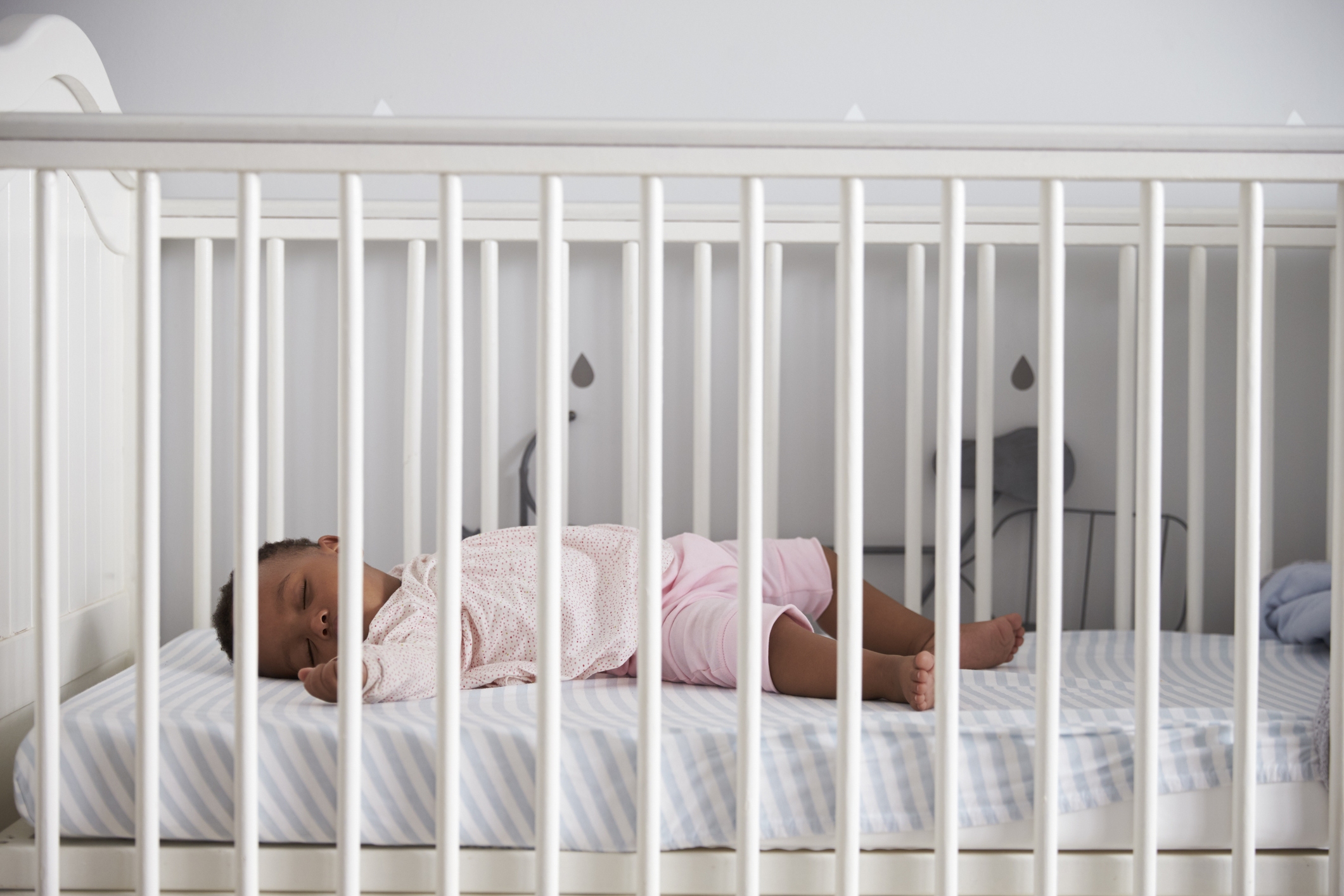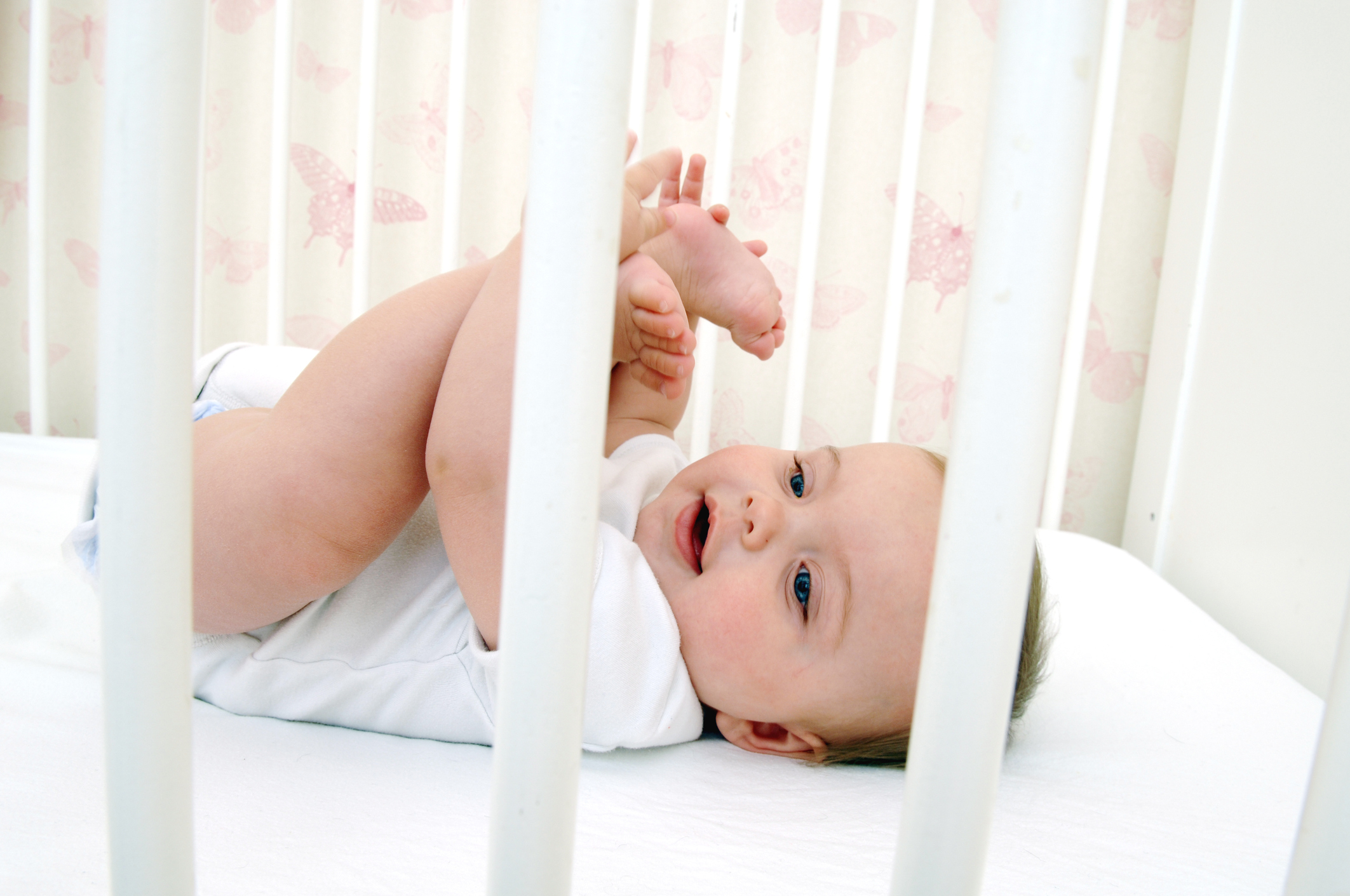Safe Sleep Principles
Alone. Apart. Always.


Image courtesy of the Safe to Sleep campaign, for educational purposes only; Eunice Kennedy Shriver National Institute of Child Health and Human Development, www.nichd.nih.gov/sids Safe to Sleep is a registered trademark of the U.S. Department of Health and Human Services.
The safest sleep environment for an infant is alone, on his/her back, on a firm surface. Alone doesn’t mean your baby is by him/herself. Alone means that your baby sleeps in the same room as you, but in his/her own crib or bassinet. Room-sharing with your baby will encourage all of the bonding and physical contact you desire without the increased risks of SIDS, suffocation and entrapment inherent with bed-sharing.
When an infant is lying on his/his back, the breathing tube (trachea) lays on top of the feeding tube (esophagus). Placing an infant to sleep on his/her back, allows the child to breathe more easily through the nose during sleep and helps keep food and fluid in the baby’s stomach further from the airway.

A minimalist sleep space is a safe sleep space. Your baby should sleep apart from any objects, toys, pillows or blankets which can be hazardous in a sleep environment. Toys are best utilized during supervised tummy play time instead.

Always adhere to safe sleep practices, during every sleep and with every caregiver. Safe sleep is a choice your baby cannot make for him/herself, so it is up to us as a community to educate ourselves and others until these practices are a part of every child’s daily routine.




